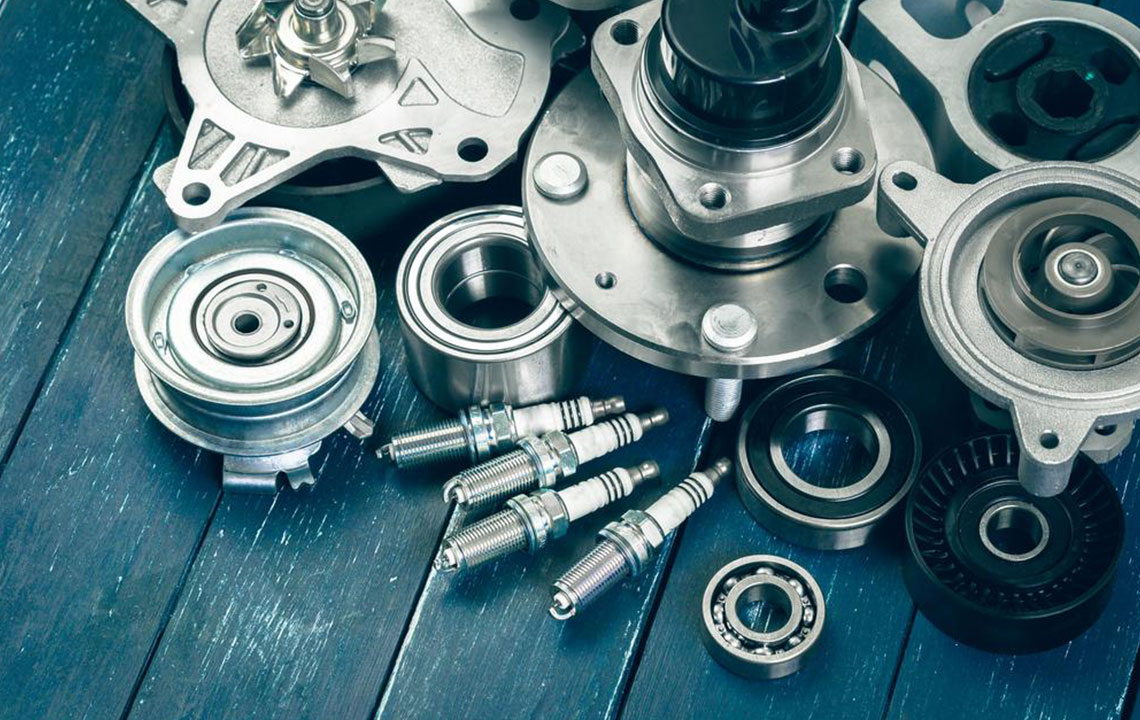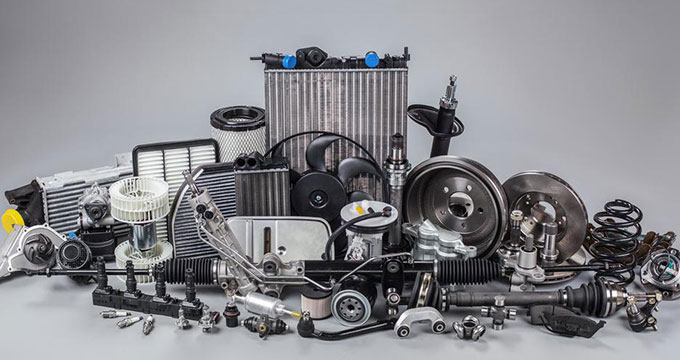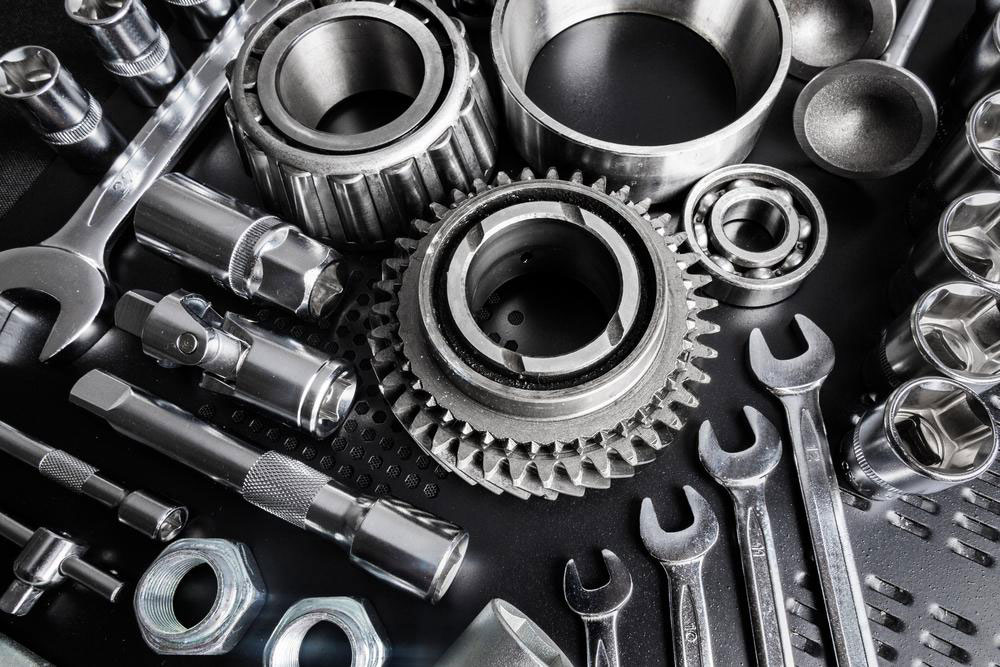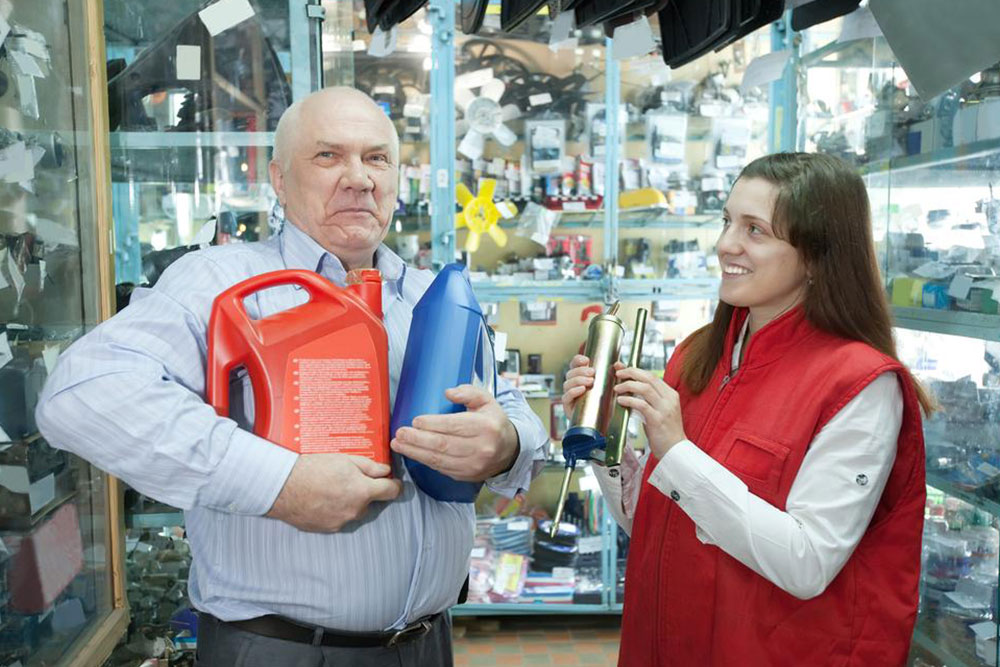Comprehensive Guide to Selecting the Best Auto Parts for Your Vehicle
This comprehensive guide explores key auto parts categories, including OEM, aftermarket, refurbished, and used parts, helping vehicle owners select the best options for maintenance and upgrades. Learn how to balance cost, quality, and compatibility to keep your car running smoothly and reliably. Essential for car owners seeking informed choices for vehicle parts acquisition.

Maintaining and upgrading your vehicle requires careful selection of auto parts that meet your specific needs, driving habits, and budget. With an overwhelming variety of options available in the automotive market, understanding the different types of auto parts can significantly impact the performance, longevity, and safety of your vehicle. Whether you're replacing worn-out components, enhancing performance, or customizing your car, knowing which auto parts to choose is crucial. This comprehensive guide offers detailed insights into the top five categories of auto parts, helping you make informed decisions for your vehicle's maintenance and upgrades.
Choosing the right auto parts involves considering factors such as quality, compatibility, cost, and brand authenticity. Let's delve into each category to understand their features, advantages, and potential drawbacks, enabling you to select the most suitable parts for your car.
1. Original Manufacturer Parts (OEM Parts)
Original Manufacturer Parts, commonly known as OEM (Original Equipment Manufacturer) parts, are produced or authorized directly by the vehicle’s original manufacturer. These parts are designed to meet the exact specifications set by the automaker, ensuring perfect compatibility and optimal performance. OEM parts are often recommended by dealerships and authorized repair centers because they adhere to the highest quality standards.
When considering OEM parts, you can expect a premium price due to the assurance of authenticity and quality. These parts undergo rigorous testing and are built to last, making them a preferred choice for maintaining your vehicle's manufacturer specifications. Installing OEM parts often helps preserve your vehicle’s resale value and ensures that your car functions as intended without any unexpected issues.
Examples of OEM parts include genuine engine components, transmission parts, brakes, and electrical systems. While they might cost more upfront, their durability and perfect fit can save you money in the long run by reducing frequent repairs and replacements.
2. Aftermarket Auto Parts
Aftermarket parts are produced by third-party companies that specialize in manufacturing compatible auto components. Unlike OEM parts, aftermarket options are not made by the original car manufacturer, but they can offer similar quality, fit, and functionality. These parts are often designed to provide consumers with more choices and competitive pricing.
One of the primary advantages of aftermarket auto parts is cost-effectiveness. They tend to be more affordable than OEM parts, allowing car owners to save money, especially during routine repairs or upgrades. Additionally, many aftermarket companies offer performance-enhancing products, such as high-performance filters, exhaust systems, or suspension components, which can improve vehicle handling or horsepower.
It’s important to choose reputable aftermarket brands to ensure quality and reliability. Although some aftermarket parts may differ slightly in appearance from OEM components, they are usually tested and certified to meet industry safety standards. Vehicles fitted with quality aftermarket parts can perform just as well, if not better, while reducing repair costs.
3. Refurbished Auto Parts
Refurbished or reconditioned auto parts are used components that have been inspected, repaired, and restored to working condition by qualified technicians. These parts undergo cleanup, repair, and testing procedures to ensure they meet functional standards comparable to new parts.
Refurbished parts offer a good balance between cost and reliability. They are significantly cheaper than brand-new OEM parts but can provide similar performance when properly refurbished. Common refurbished parts include alternators, starters, brakes, and electronic modules.
It's essential to purchase refurbished parts from reputable suppliers who guarantee their quality and offer warranties. While they may show some signs of previous wear, refurbished parts are generally reliable for non-critical applications and can significantly reduce your maintenance expenses.
However, because they are used, refurbished parts might have a slightly shorter lifespan compared to new components, so it’s vital to evaluate their suitability based on your vehicle's usage and safety considerations.
4. Used or Recycled Auto Parts
Used or recycled auto parts are previously owned components harvested from other vehicles. They are typically the most affordable option and are ideal for non-structural or non-critical repairs where OEM specifications are less stringent.
The primary advantage of used parts is cost savings. They are available at a fraction of the cost of new parts, making them suitable for temporary repairs, hobbyist projects, or vehicles with budget constraints. Common used parts include wheels, fenders, doors, and certain engine components.
However, using used parts comes with some risks. They may have signs of wear, corrosion, or undisclosed damage that could impair their performance or reliability. Moreover, used parts might not meet current safety standards or warranty conditions.
When opting for used auto parts, it’s crucial to source them from reputable salvage yards or suppliers who verify the parts' condition and origin. Carefully inspecting the parts for damage and ensuring they match your vehicle’s specifications will help prevent future issues.
It’s worth noting that used parts are more suitable for cosmetic or non-critical repairs, and their use should be carefully evaluated in relation to vehicle safety and longevity.
5. Key Factors to Consider When Choosing Auto Parts
Choosing the right auto parts depends on several crucial factors:
Compatibility: Ensure the parts are compatible with your vehicle's make, model, and year to prevent installation issues.
Quality: Prioritize high-quality parts that meet safety standards and offer durability.
Cost: Balance affordability with quality to get the best value without compromising safety.
Brand Reputation: Choose reputable brands and suppliers to guarantee reliability.
Warranty and Support: Opt for parts that come with warranties and technical support for peace of mind.
Understanding these factors can help you select auto parts that deliver optimal performance and longevity, aligned with your budget and vehicle requirements.
Conclusion
Whether you're maintaining your current vehicle or upgrading for improved performance, choosing the right auto parts is essential. From genuine OEM components to cost-effective used parts, there are numerous options available to suit every need and financial plan. Carefully considering compatibility, quality, and supplier reputation will ensure that your car remains safe, reliable, and efficient for years to come. By making informed decisions, you can extend the lifespan of your vehicle and enjoy a smoother, safer driving experience.





